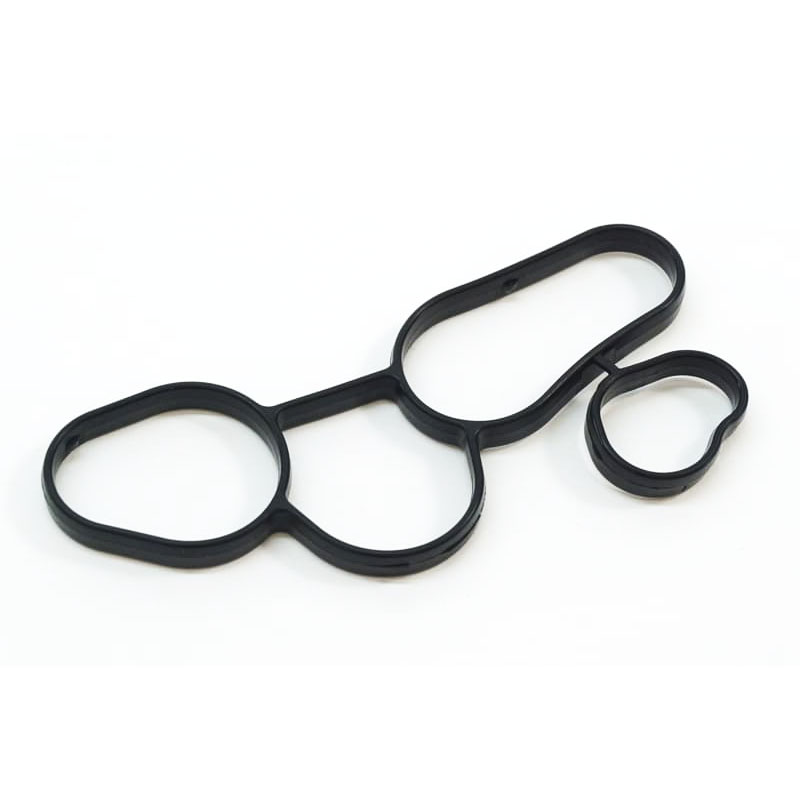travel trailer wheel bearing seals
Understanding Travel Trailer Wheel Bearing Seals
When it comes to maintaining your travel trailer, one of the often-overlooked components is the wheel bearing seal. These seals are crucial for ensuring that your trailer runs smoothly and efficiently, yet many owners may not fully understand their importance or how to maintain them. This article aims to provide a comprehensive overview of travel trailer wheel bearing seals, including their function, types, maintenance tips, and signs of failure.
What Are Wheel Bearing Seals?
Wheel bearing seals are components that help to keep the lubricating grease inside the wheel bearings while preventing dirt, water, and debris from entering. Properly functioning wheel bearings are essential for smooth operation and safety. The seals play a vital role in maintaining the integrity of the bearings by ensuring they are lubricated and protected from external contaminants.
The Importance of Wheel Bearing Seals
The function of wheel bearing seals goes beyond merely keeping grease in. They protect the wheel bearings from the elements, reducing the risk of corrosion and wear. Water intrusion, especially, can lead to rust and bearings failure, which can be hazardous while towing your trailer. If the bearings seize, it can cause difficulty in towing, uneven tire wear, or even complete wheel failure.
Types of Wheel Bearing Seals
There are several types of wheel bearing seals commonly used in travel trailers
1. Grease Seals These are typically made from rubber or other flexible materials and are designed to keep grease inside the bearing hub while keeping contaminants out. Grease seals are often found on trailer wheels due to their effectiveness in maintaining lubrication.
2. Lip Seals Similar to grease seals but with a more complex design, lip seals have a projecting lip that increases the surface area for sealing. This makes them more efficient at sealing and can extend the life of the wheel bearings.
3. Double-Lip Seals Featuring two sealing lips, these seals provide extra protection against water and debris. They are ideal for environments where exposure to mud, water, and dirt is high.
travel trailer wheel bearing seals

Maintenance Tips for Wheel Bearing Seals
To ensure that your wheel bearing seals function effectively, regular maintenance is key. Here are some tips for keeping your seals in good condition
1. Regular Inspections Check your wheel bearings and seals before long trips. Look for any signs of grease leakage, which could indicate a failing seal.
2. Repack Bearings Every 12,000 miles or once a year, it's recommended to repack the wheel bearings with fresh grease. During this process, inspect the seals for cracks or damage and replace them if necessary.
3. Keep a Clean Environment When working on your trailer, ensure the area is clean to prevent contaminants from entering the wheel bearings. This is especially important during repacking sessions.
4. Monitor Performance Pay attention to how your trailer handles while towing. Unusual noises or vibrations can indicate issues with the wheel bearings or seals.
Signs of Seal Failure
Recognizing the signs of seal failure early can save you from costly repairs down the line. Some indicators to watch for include
- Grease Leakage If you notice grease leaking from the wheel hub, it’s a clear sign that the seal has failed. - Excessive Heat Overheating of the wheel can result from a lack of lubrication due to a failed seal. - Noise Grinding or rumbling noises emanating from the wheel can indicate bearing wear due to contaminant entry via a damaged seal.
Conclusion
In conclusion, travel trailer wheel bearing seals are a critical component for the safe and efficient operation of your trailer. Regular maintenance and checks can ensure that your seals remain effective and your bearings last longer. By staying informed about the types of seals and their importance, you can prevent issues and ensure a smoother journey on the road. Don't overlook the importance of these small yet mighty components—keep them in good shape to enjoy your travels worry-free!
-
The Ultimate Guide to Car Repair Kits: Tools and Essentials Every Driver Should Own
News Aug.01,2025
-
The Complete Guide to Oil Pan Gaskets: Sealing Engine Leaks the Right Way
News Aug.01,2025
-
Preventing Oil Leaks: A Complete Guide to Oil Pan Gaskets and Drain Seals
News Aug.01,2025
-
Everything You Need to Know About Oil Pan Gaskets and Drain Plug Seals
News Aug.01,2025
-
Essential for Car Owners: How to Use a Car Repair Kit to Deal with Minor Breakdown
News Aug.01,2025
-
Comprehensive Guide to Engine Oil Sump Gaskets and Related Seals
News Aug.01,2025
-
The Ultimate Guide to Boat Propeller Bearings and Trailer Wheel Bearings
News Jul.31,2025
Products categories















